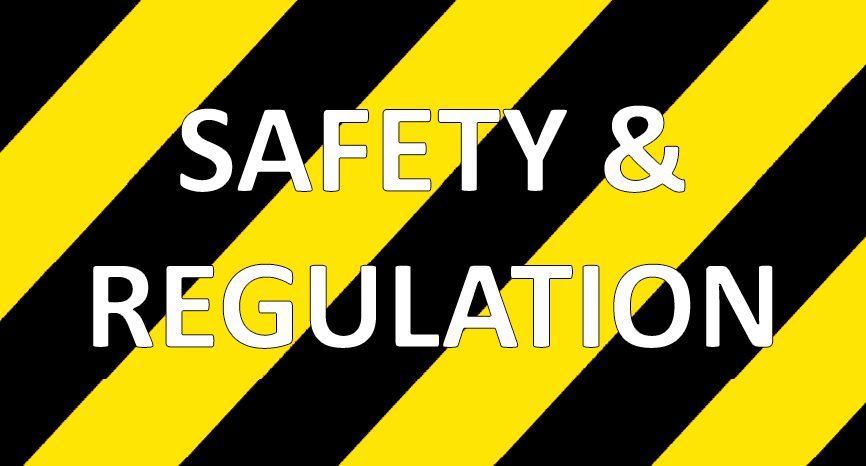It’s been nearly a decade now since the Chemical Safety Board has recommended that the Occupational Safety and Health Association reevaluate and amend rules on combustible dust, especially those pertaining to metal and grain, to prevent future explosions from occurring inside work facilities. Little has actually been changed, businesses continue to be fined and deadly accidents persist despite OSHA repeatedly placing the topic atop its yearly agenda. Now, a new story published in USA Today reveals the frustrating hurdles it has come across in recent years.
According to the article, political jousting continues to be a major roadblock. The House passed a bill in 2008 that would have required OSHA to issue a final revised standard in 18 moths time. Legislation for it later died on the Senate floor. That action further evidence explaining why 2012 research by the Government Accountability Office shows that it takes an average of 8 years(!) for OSHA to finalize revised safety standards. Six years after that 2008 house bill, and still no signs of a compromise in Congress on the issue is anywhere in sight.
The United States continues to fall further and further behind even non-developed countries when it comes to higher standards for chemical safety in the meantime according to senior scientist Richard Denison of the non-profit Environmental Defense Fund. He cites how China has adopted rules that are stricter than those of the United States, the European Union consolidating close to 40 laws into one and Canada completing a review and analysis of more than 20,000 chemicals in use.
Where Congress has faltered, other branches of the government are taking action into their own hands. President Obama issued an executive order last August to improve security and safety for the manufacturing, storage and use of chemicals at facilities while Mathy Stanislaus, head of the EPA’s Office of Solid Waste and Emergency Response, tells USA Today that officials plan on submitting a proposal by the end of this May regarding the prevention and response to chemical incidents as a means to compensate for what U.S. laws lack in clarity.
Here at Dust In Case, we’ve done our best to inform the industries who know or suspect that they’re affected by combustible dust how they can protect both their workers’ lives and businesses. Faith in OSHA about combustible dust safety may continue to waver, but by training workers about its hazards, routinely practicing thorough housekeeping and investing in a dependable certified explosion proof industrial vacuum cleaning system, you will have proactively taken a big step in safeguarding yourself from a disaster.


